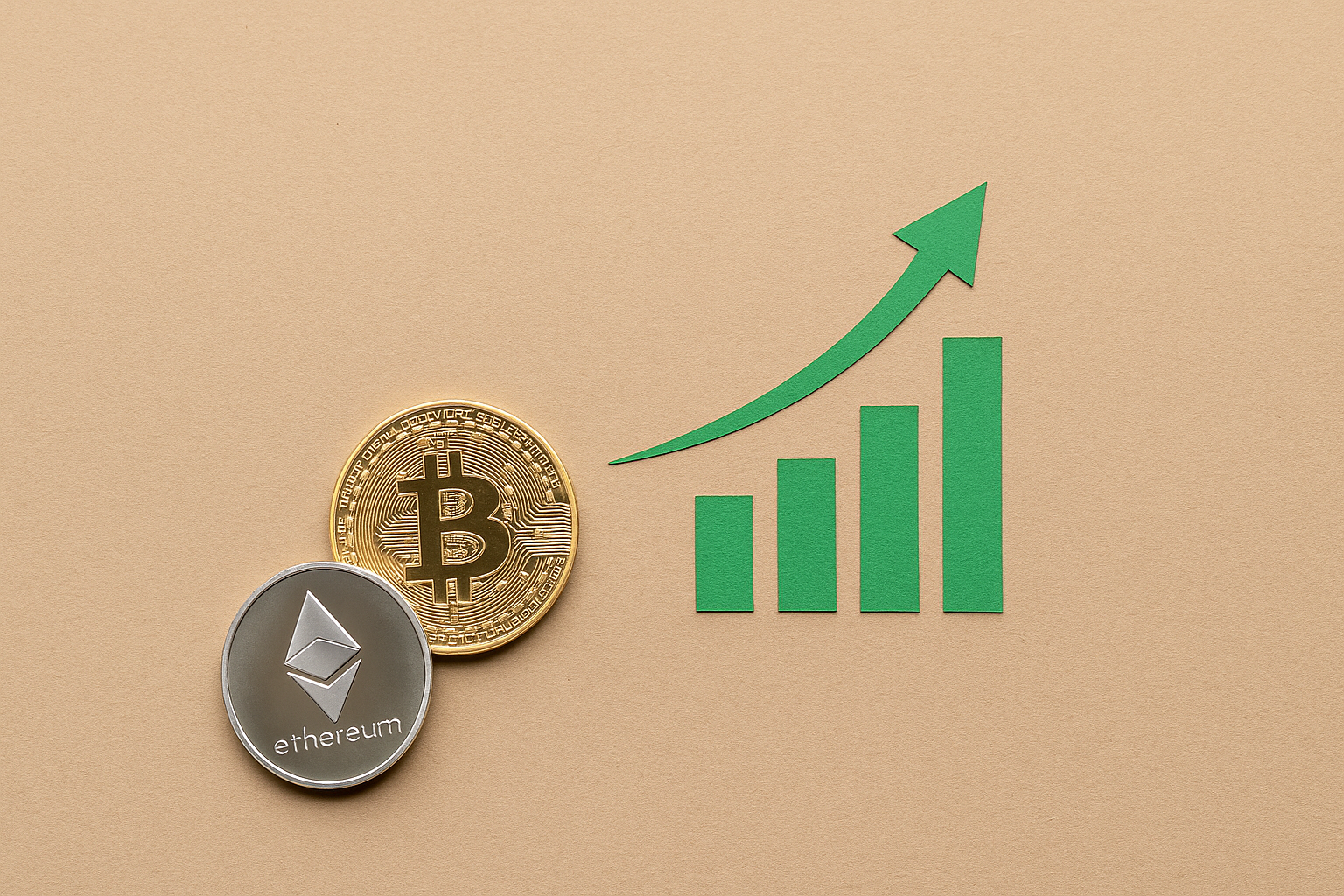Bitcoin
Unlocking the Mysteries of Bitcoin’s Halving Event

Bitcoin, the pioneering cryptocurrency, has seen its fair share of attention and speculation since its inception. One of the most intriguing and unique aspects of Bitcoin is its halving event. In this article, we’ll dive into the details of Bitcoin’s halving, its significance, and the impact it has on the world’s most popular digital currency.
Understanding Bitcoin’s Halving:
Bitcoin’s halving is an event that occurs approximately every four years, or after every 210,000 blocks have been mined. During this event, the rewards miners receive for validating and adding new transactions to the blockchain are halved. Initially, the block reward was set at 50 BTC, but after the first halving, it was reduced to 25 BTC. The second halving reduced it to 12.5 BTC, and the most recent one in May 2020 brought it down to 6.25 BTC.
The Economic Implications:
Bitcoin’s halving has significant economic implications. As the block rewards decrease, the supply of new Bitcoins entering the market decreases, causing the rate of inflation for the cryptocurrency to slow down. This supply reduction mechanism is hard-coded into Bitcoin’s protocol, making it a deflationary asset.
Historically, Bitcoin’s halving events have been associated with price rallies. The reduced supply of new coins can create scarcity, potentially increasing demand among investors and driving up the price. Indeed, past halvings in 2012 and 2016 were followed by substantial bull markets.
Security and Network Stability:
Bitcoin’s security is largely dependent on its mining network. The halving event can have consequences for the network’s security. When block rewards are halved, some miners may find it less profitable to continue mining, leading to a potential drop in network hash rate. However, this has not significantly affected Bitcoin’s security in the past due to the self-adjusting difficulty of the network.
Long-Term Implications:
As Bitcoin’s halving events continue, the block rewards will approach zero. The last Bitcoin is expected to be mined around the year 2140. This creates an interesting dynamic for the cryptocurrency’s future. With no block rewards, miners will rely solely on transaction fees to sustain the network. It’s a scenario that raises questions about the long-term economic sustainability and security of the Bitcoin network.
The Impact on Miners:
For Bitcoin miners, halving events can be both a challenge and an opportunity. On the one hand, reduced block rewards mean that miners need to be more efficient and potentially upgrade their equipment to maintain profitability. On the other hand, if the price of Bitcoin surges after a halving, the reduced supply of new coins can lead to higher profits for miners in terms of coin value.
Bitcoin Halving in the Broader Crypto Context:
Bitcoin’s halving event has inspired similar mechanisms in other cryptocurrencies, with projects like Litecoin and Bitcoin Cash also implementing their own halving schedules. These events have a noticeable impact on these cryptocurrencies as well.
Conclusion:
Bitcoin’s halving event is a unique and critical aspect of the cryptocurrency’s monetary policy. It plays a crucial role in the network’s security, economics, and long-term sustainability. As Bitcoin continues to gain mainstream recognition and adoption, the halving event will remain a topic of great interest to enthusiasts, investors, and those exploring the world of cryptocurrencies. The next halving event is expected to occur in 2024, and all eyes will be on how it shapes the future of Bitcoin.











